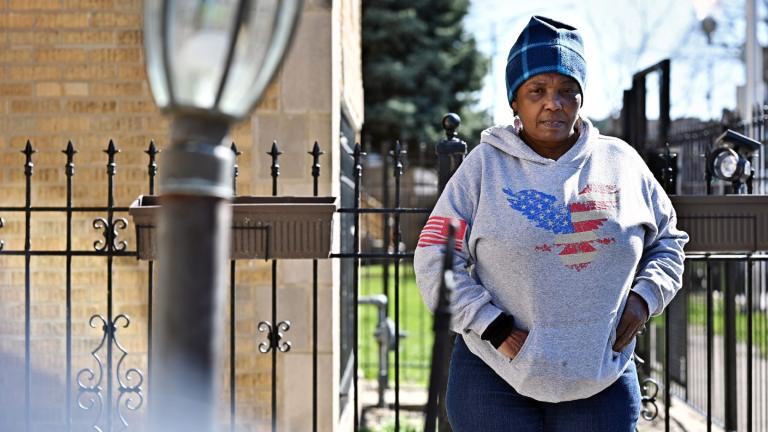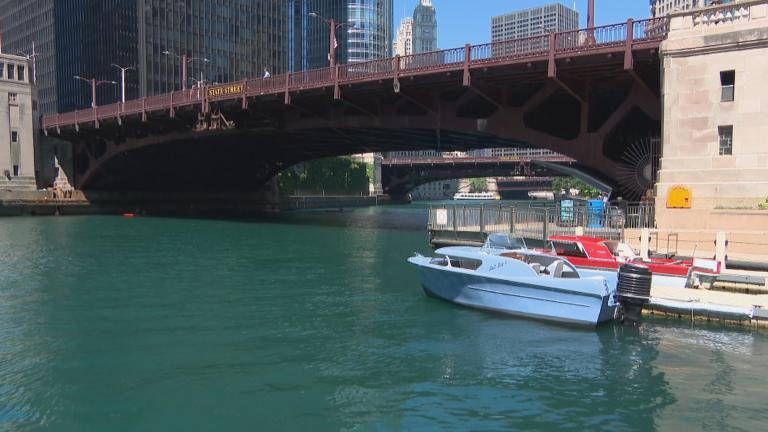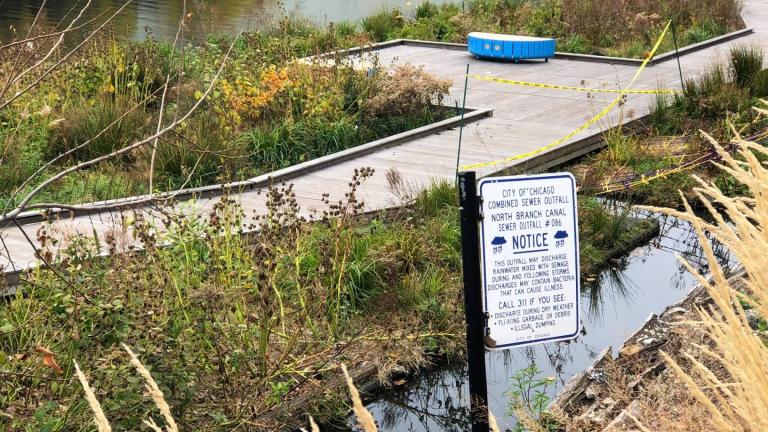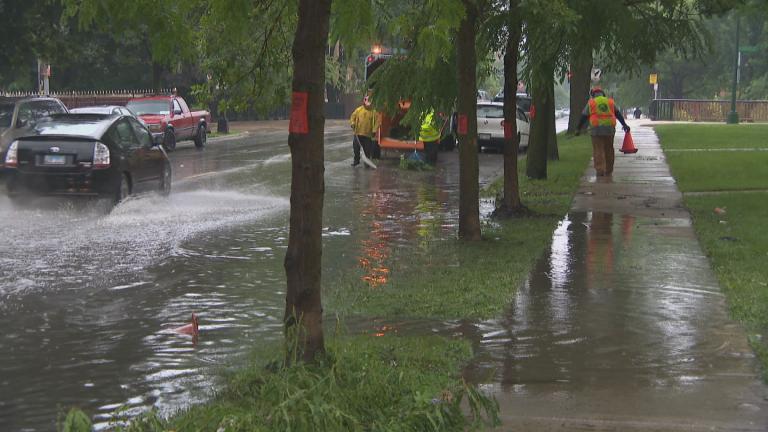Chicago has come a long way since the days raw sewage was sent straight into the river and Lake Michigan, but neither feats of engineering nor massive infrastructure projects have entirely proven a match for Mother Nature.
The past few springs, Chicago has notched record-breaking rainfall totals. All that water has to go somewhere, and in 2020, it so overwhelmed the city’s sewers that for 11 straight days in May, in order to relieve pressure on the system, untreated wastewater was released into area waterways.
These “combined sewer overflow” events can occur at any one of 300 outfall locations along the Chicago River or Little Calumet River. In May 2020, several days saw overflows across the network of outfalls, and on a handful of days, gates were even opened to allow wastewater into Lake Michigan. (Locks weren’t opened. That hasn’t happened since 2013.)
In total, April and May 2020 accounted for 15 of the year’s 25 overflow days.
As Chicago once again enters what are traditionally rainy spring months, the Metropolitan Water Reclamation District has dubbed April “overflow action awareness month.”
To protect the rivers and lake, the MWRD and Friends of the Chicago River have partnered on “overflow action day” alerts. People can sign up online to receive the notifications, which offer tips on ways to conserve water during periods of heavy rain, thereby lightening the load on sewers and making more room for storm runoff. In addition to these short-term actions, which include holding off on laundry and turning off the tap while brushing your teeth, there are a number of steps people can take that will yield longer-term results.
These include planting rain gardens to absorb more stormwater, installing low-flow toilets and showerheads, and hooking up downspouts to a rain barrel instead of the sewer system. Friends of the Chicago River estimates that during heavy rain, a downspout can drain up to 12 gallons of water per minute into the sewer system.
For more on combined sewer overflows, check out MWRD’s online information hub, where the agency maintains a searchable history of overflow events, maps of overflow outfall locations and current reservoir capacity.
MWRD offers free virtual tours as a way to learn more about Chicago’s water system. Registration is open for upcoming tours on April 14, May 11 and June 15. A pre-recorded version of the tour is now also available.
Contact Patty Wetli: @pattywetli | (773) 509-5623 | [email protected]







